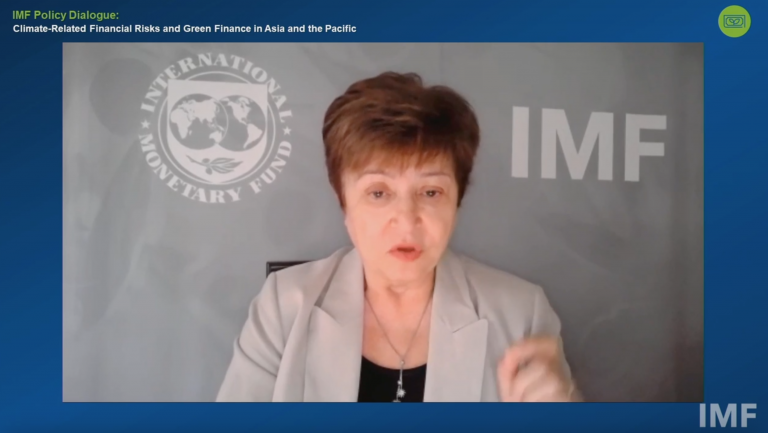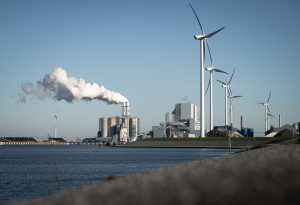Jakarta – To achieve the carbon neutral target by 2050, the International Monetary Fund (IMF) estimates that investment funds in the energy and climate adaptation sector will be needed by the world at around USD 3.3 trillion per year until 2030.
In her remarks at the IMF Policy Dialogue: Climate-Related Financial Risks and Green Finance in Asia and the Pacific, Friday (1/6), IMF Managing Director, Kristalina Georgieva said that “just from phasing out coal they run into tens of trillions of dollars per year.” She added that investing in climate adaptation is equally important, and that the estimate of “public adaptation costs of around one-quarter percent of global GDP per year in the next decades.”
With the huge amount needed, the IMF is asking countries to find ways to attract more climate finance, even more pressing for emerging and developing economies.
“The role of markets and the private sector is critical to mobilizing and efficiently allocating resources, while putting a price on climate risks,” said Georgieva.
She said that many issuers—including emerging market economies—have started embracing funding via environmentally sustainable finance, and the financial sector is playing an important enabling role. However, there are risks that must be managed well by central banks, regulators and financial firms, including the need to strengthen and harmonize regulations, data, disclosures and taxonomies.
The IMF itself enters into support for climate change financing through the Resilience and Sustainability Trust program. Through this program, the institution has channeled USD 40 billion in financing to help countries face structural challenges, one of which is climate change.
However, it is not only the importance of financing, Georgieva also said that countries must also direct resources to low-carbon and energy-efficient activities. Therefore, a comprehensive policy package is also needed including adequate carbon pricing, proper disclosure of climate risks to offsetting measures to protect vulnerable populations and green investment.
“We must cut global emissions by 25-50 percent by 2030 to limit average global warming between 1.5 and 2 degrees Celsius. … The Asia-Pacific region understands the urgency. Here, temperatures are rising twice as fast as the global average, risking more frequent and severe weather-related disasters,” she said. (Hartatik)













